Honda establishes Marine Science Foundation
Green Car Congress
FEBRUARY 8, 2017
Inspired by the Japanese concept of sato-umi —the convergence of land and sea where human and marine life can harmoniously coexist—Honda has established the Honda Marine Science Foundation , a new initiative to address marine ecosystem restoration and the impact of humans and climate change on oceans and intertidal areas.







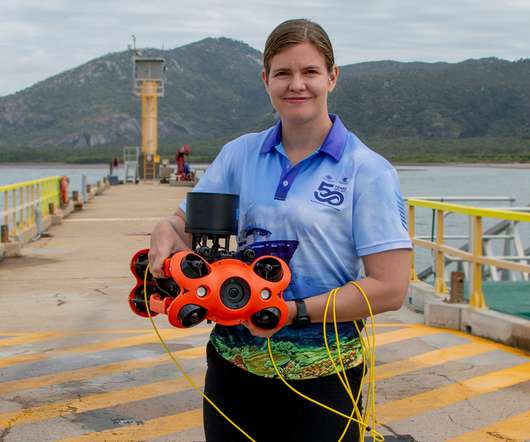
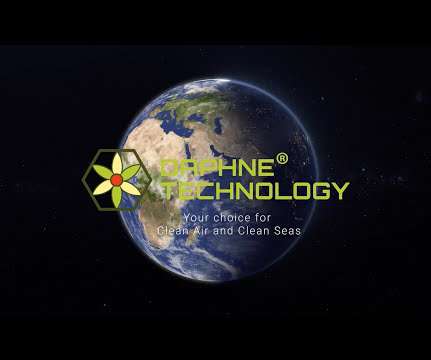
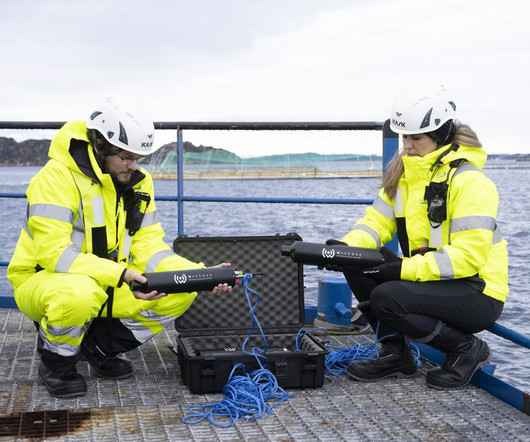







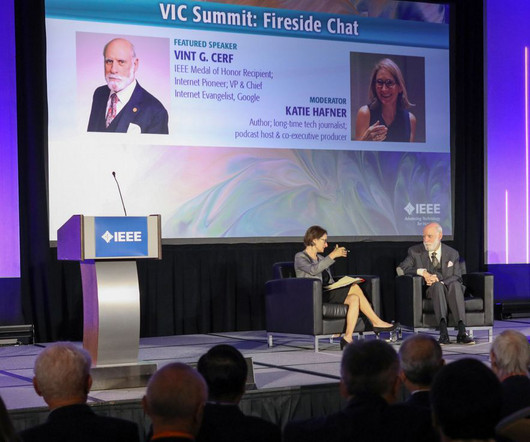








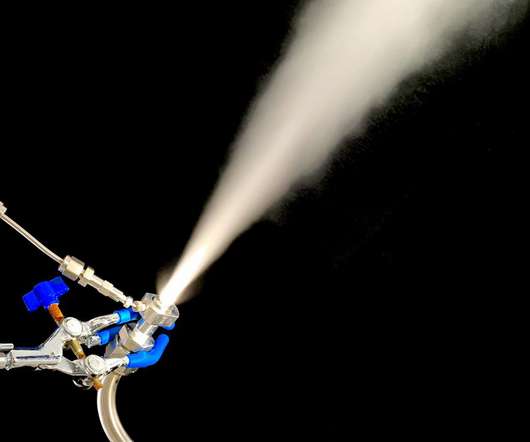










Let's personalize your content